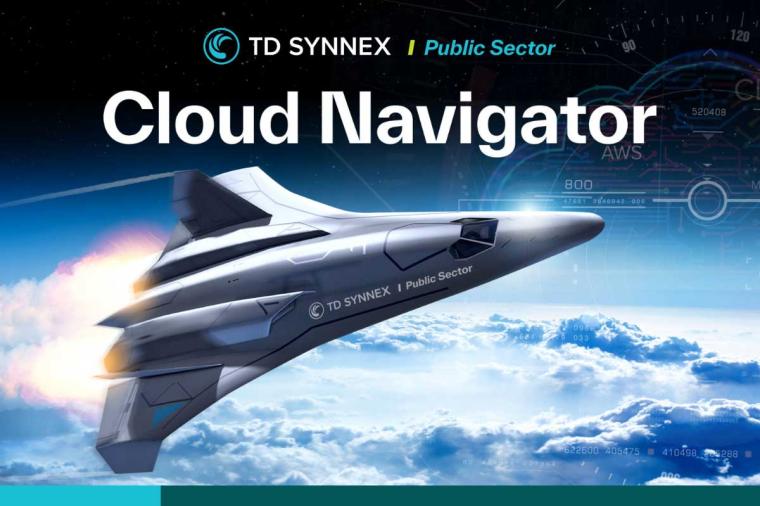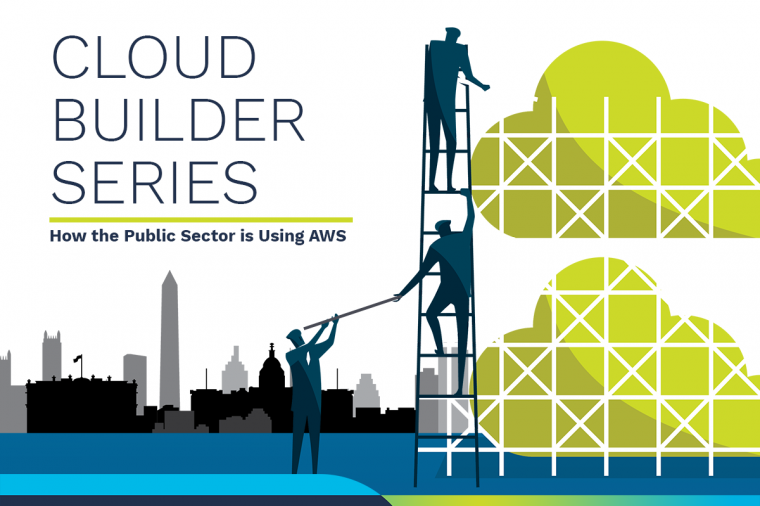Private Cloud Technologies: Moving Away from a Traditional IT Model
In a traditional Information Technology (IT) model, new IT assets are acquired in support of specific applications. This model has had the unfortunate side effect of casting IT into the role of a cost center. As such, there has been little flexibility within IT to make broad platform changes such as the adoption and deployment of private cloud technologies.
With the deployment of private cloud platforms, IT can begin the transformation from being a cost center to becoming a truly strategic mission resource center. Private clouds can enable greater fiscal responsibility and mission agility through resource pooling and more rapid deployment of new applications and services.
Alas, the adoption of a platform change can be a real challenge, given shrinking IT budgets. This is compounded by the bulk of those budgets being spent on sustaining activities, leaving little for innovation. Furthermore, resource pooling and elasticity in cloud platforms can only be achieved if the coupling between IT asset acquisition and new IT applications is removed.
However, CIOs don’t need to wait while acquisition policies and processes are being updated. It’s possible to begin realizing some of the benefits of a cloud platform by taking incremental steps.
Below are some pre-requisites that CIOs should consider to enable a future private cloud platform.
- Standardization: Standardization is the key to reducing complexity, and by extension, administrative costs. Standardization also has the upside of making it easier to automate, secure, and manage IT assets. It will also allow administrative staff to develop deep expertise in the components, further increasing their effectiveness and efficiency. It may be more appropriate to define the standards for all new services moving forward, rather than trying to retro-fit legacy systems. Key areas of focus should be on Standardized Operating Environments (SOE) for the operating platform and Service Oriented Architecture (SOA) for the applications.
- Skill Shifts: Managing a cloud environment will require new skills or enhancements to existing skills. A deep understanding of virtualization (network storage, and server), performance analysis, capacity planning, and automation (provisioning, orchestration, and metering) will all be needed. Additionally, key IT disciplines like Service Level Management and being able to understand, develop and negotiate Service Level Agreements (SLA) and Terms of Service (ToS) will be critical.
- Application Reviews: Just as it’s necessary to review applications for the purposes of consolidation or virtualization, it’s also critical to review applications to determine whether they are an appropriate fit for a cloud computing platform. Cloud platforms are typically designed for elasticity and scale, and network constraints and latency are a factor. Complex legacy applications designed for large symmetric multiprocessing (SMP) systems built with extremely fast CPU cores and single threaded applications are probably not ideal candidates for cloud computing. Also, applications that have a steady workload will often not have a terrific return on investment, and it will tend to be more cost efficient to design a system specific to that workload. In some cases, the application will need to be re-factored before it will run optimally on a cloud platform. In cases where an application will need to be modernized, it’s good to take a hard look at the cost-benefit ratio.
- Virtualization: While virtualization does not make a cloud, virtualization is a key enabler for building cloud platforms. If not already in place, consider virtualizing some existing systems and applications.
One great approach might be to develop a seed cloud. Begin by looking for new projects that have common architectures like databases or application servers. Rather than purchasing assets specific to each project, consider pooling the IT asset budget for these projects to build out a seed cloud that will support all of these projects. This seed cloud can serve as a foundation for growing out the private cloud service offerings.
Private cloud adoption is a journey both from a technical and business perspective. It will require that engineering resources develop out new skills to support a much more dynamic, service oriented IT. Then, CIOs will be able to leverage the cloud attributes of elasticity and agility to further evolve IT into a strategic mission resource. Whether a new cloud platform is rolled in on a shrink-wrapped pallet or evolves from existing infrastructure, private clouds will significantly enhance the value proposition of IT to the mission.















































